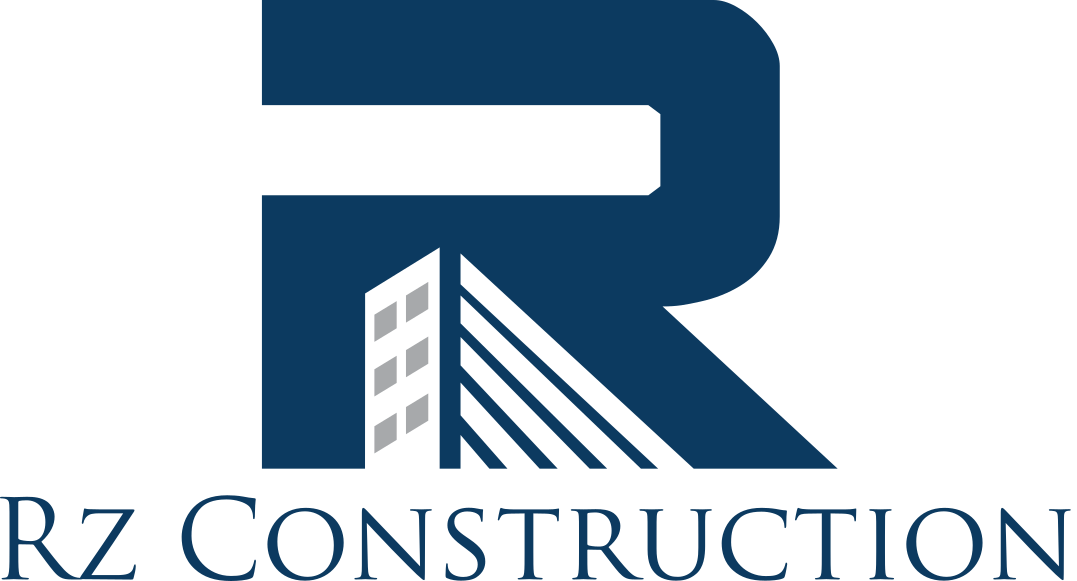No matter how carefully and skilfully masonry work was carried out on a structure, eventually the brickwork will need to undergo some repairs over the course of its lifetime. Whether brick, clay, stone or concrete, in fact, no masonry lasts forever, and when it begins to deteriorate, there are a couple of things a masonry contractor can do to restore the material and help preserve it for many years to come, and they are known as ‘repointing’ and ‘tuckpointing.’
Let’s look at them in a little more detail:
Brick pointing
During the construction period and new bricks are being installed, pointing is carried out and describes the process of filling mortar joints. Unless you’re constructing a new building, you likely won’t need a masonry contractor to perform any pointing work for you.
Brick repointing
Repointing on the other hand, is when a masonry professional removes and replaces old, existing mortar, and is a technique requiring great skill and professional oversight.
Brick tuckpointing
Going beyond repointing, tuckpointing is the process of replacing old mortar – or mortar which has become compromised in some way – with fresh mortar, ideally to match the color of your home’s existing brickwork. Creating an attractive visual contrast on the exterior of a building, putty is applied down the middle of the new joints, but while aesthetically pleasing, this process will not make your mortar last any longer than mortar which had been repointed.
Ultimately, it comes down to aesthetics and personal preference: repointing can help make a building structurally sound again while looking neat and tidy. Tuckpointing, on the other hand, goes one step further and makes the brickwork look even neater, tidier and more visually appealing than pointing alone, as well as being structurally sound.
Why is brick pointing so important?
Any structure made of bricks, whether residential, commercial or industrial, relies upon the integrity of its structure to maintain weight distribution, and healthy mortar helps the brickwork distribute that weight evenly. The minute any mortar becomes damaged or is missing, certain bricks may begin to bear too much weight, which if left unrepaired, can have disastrous and dangerous consequences for the building and its occupants. Uneven weight distribution can cause bricks to bulge and crack, and in a worst case scenario, cause the entire structure to collapse. Additionally, brick pointing that hasn’t been carried out properly, or which has begun to fail due to age and environmental factors, can encourage moisture penetration, most of which won’t be spotted until it’s too late and the building is beyond the means of simple repair.
If pointing was done well, should repointing ever be necessary?
Unfortunately, yes. Sometimes, no matter the quality of the original pointing, weather and other external factors will take their toll on brickwork, and it will begin to degrade and deteriorate over time. As such, you should try to visually inspect all brick surfaces on a building regularly, and if you spot any signs of damage or wear, report it to a masonry contractor who can schedule an assessment.
Most brick buildings will require repointing at some stage in their ownership, and acting early to prevent problems from becoming worse, is the best means of defence against costlier repairs further down the line.
Compromised mortar will eventually cause even the hardiest of materials such as brick, to break, and the first signs of real trouble may be observed in cracks or crumbling brickwork. Once signs like this start occurring, the situation will only ever get worse, so it really does pay to hire a masonry contractor the minute you see any signs of wear on your brickwork.
